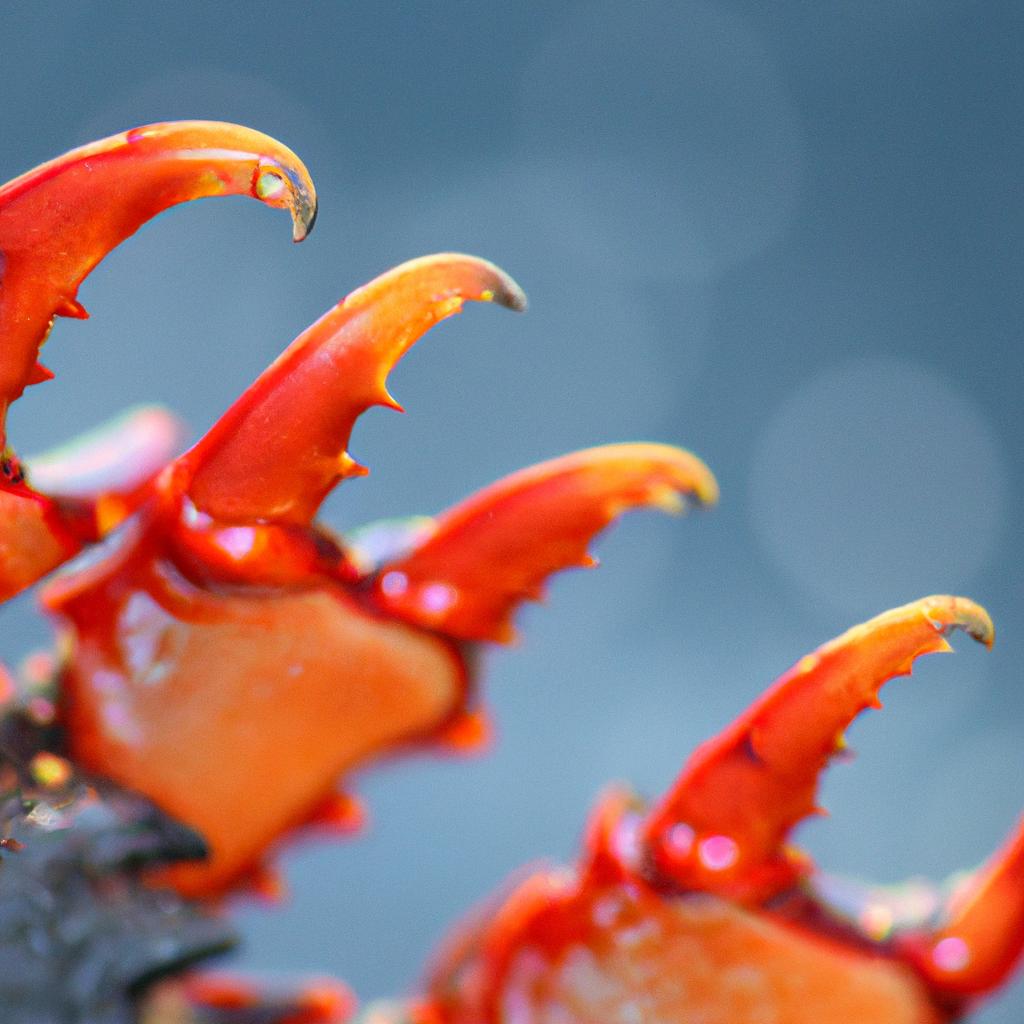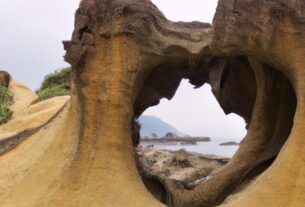If you are a nature enthusiast, then you are in for a treat with the Christmas crab migration. This annual event, which occurs on Christmas Island, is an extraordinary phenomenon that showcases the wonders of nature. In this article, we will delve into the intricacies of this incredible natural occurrence and provide you with all the insights you need to truly appreciate it.
Defining the Christmas Crab Migration
The Christmas crab migration refers to the awe-inspiring journey that millions of red crabs undertake from the forest to the ocean. Taking place during the wet season on Christmas Island, located in the Indian Ocean, this migration is triggered by the arrival of monsoon rains, which provide the ideal conditions for the crabs to breed.
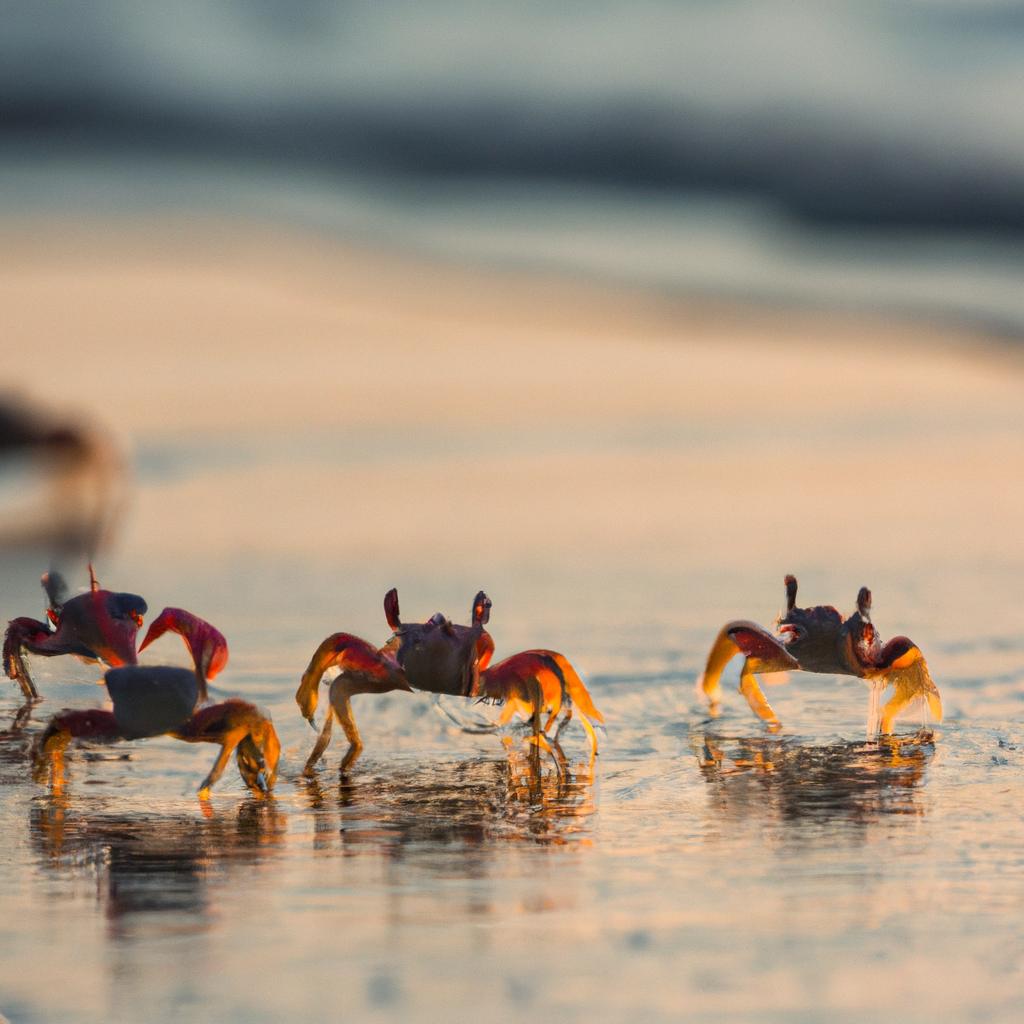
Unveiling the Marvel
Witnessing the Christmas crab migration is truly a once-in-a-lifetime experience. The crabs embark on an extraordinary journey, covering a distance of up to 8 kilometers from the forest to the ocean. This mesmerizing spectacle is an absolute marvel of nature. The crabs move in waves, with the males leading the way, followed by the females, and then the young.
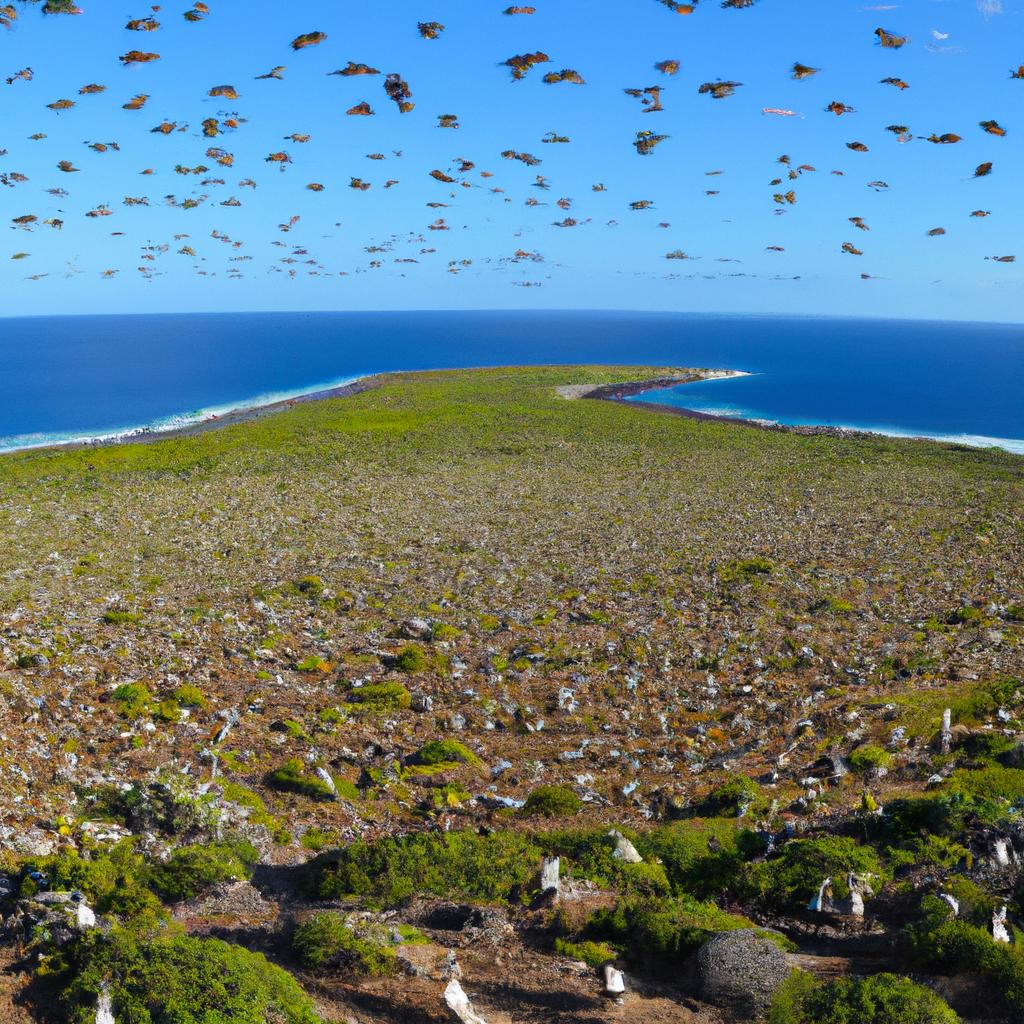
Significance for the Ecosystem
The Christmas crab migration is not only a natural wonder but also plays a vital role in Christmas Island’s ecosystem. These crabs are an integral part of the island’s food chain, serving as a significant food source for various animals, including birds, lizards, and other crabs. Additionally, the crabs contribute to the island’s soil fertility by providing natural fertilization, which is crucial for the growth of vegetation.
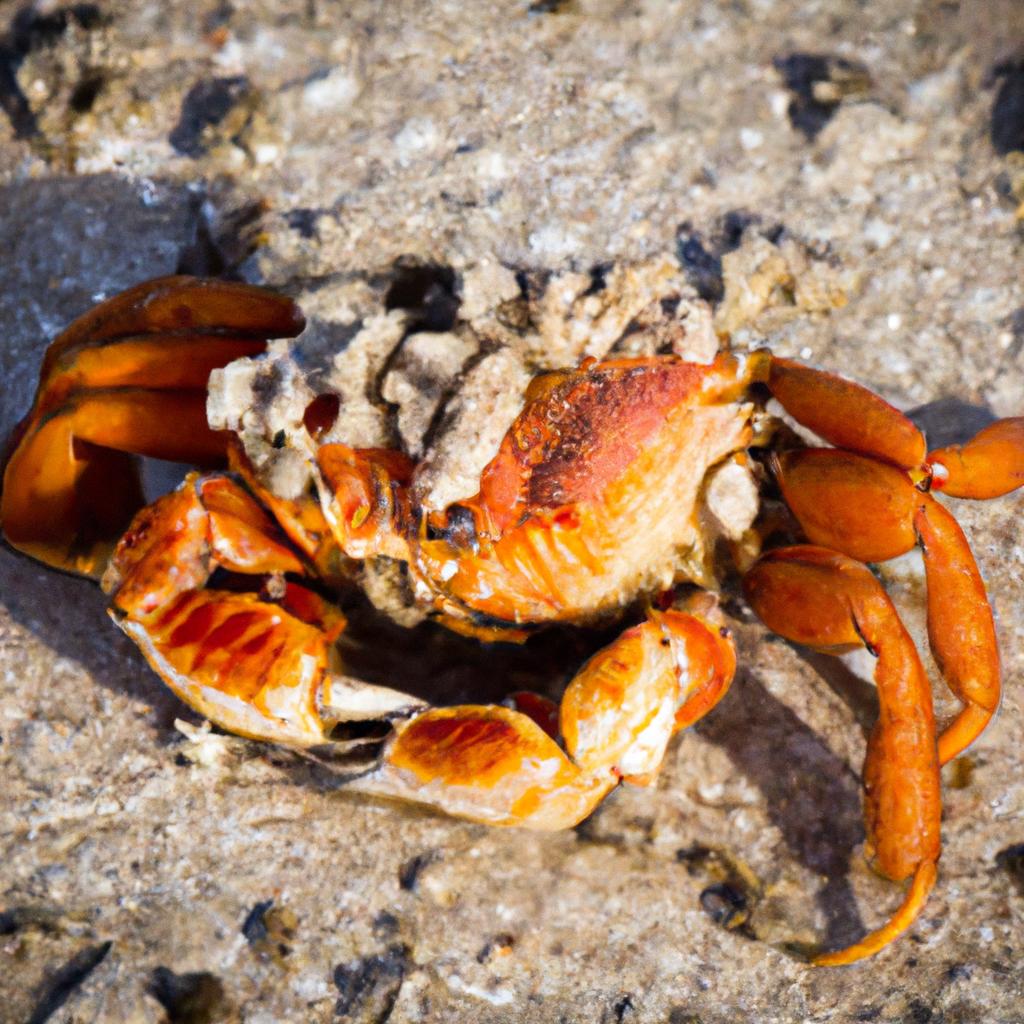
In the following sections, we will explore the fascinating biology of Christmas crabs and delve deeper into the unique ecosystem of Christmas Island.
The Biology of Christmas Crabs
Describing Christmas Crabs
Christmas crabs, also known as red crabs, are a species of land crab native to Christmas Island. These small-sized crabs measure between 2 and 4 centimeters wide and 1 to 2 centimeters high. Adorned with a vibrant red color, black eyes, and claws, they are truly captivating creatures.
Habitat and Behavior
Primarily found in the rainforests of Christmas Island, these crabs reside in burrows they excavate with their claws. During the dry season, they remain in their burrows to conserve moisture. However, as soon as the rains arrive, they emerge and embark on their incredible migration to the ocean.
Life Cycle and Reproduction
The life cycle of Christmas crabs is a fascinating journey. Female crabs release their eggs into the ocean, where they hatch and become larvae. These larvae then float in the ocean for approximately a month before returning to the island. Back on land, they metamorphose into juvenile crabs and eventually grow into adults.
Reaching sexual maturity around the age of 2, these crabs can live for up to 20 years. During the breeding season, males and females engage in courtship rituals, leading to the release of eggs into the ocean. The entire life cycle of the Christmas crabs is a remarkable process unique to Christmas Island.
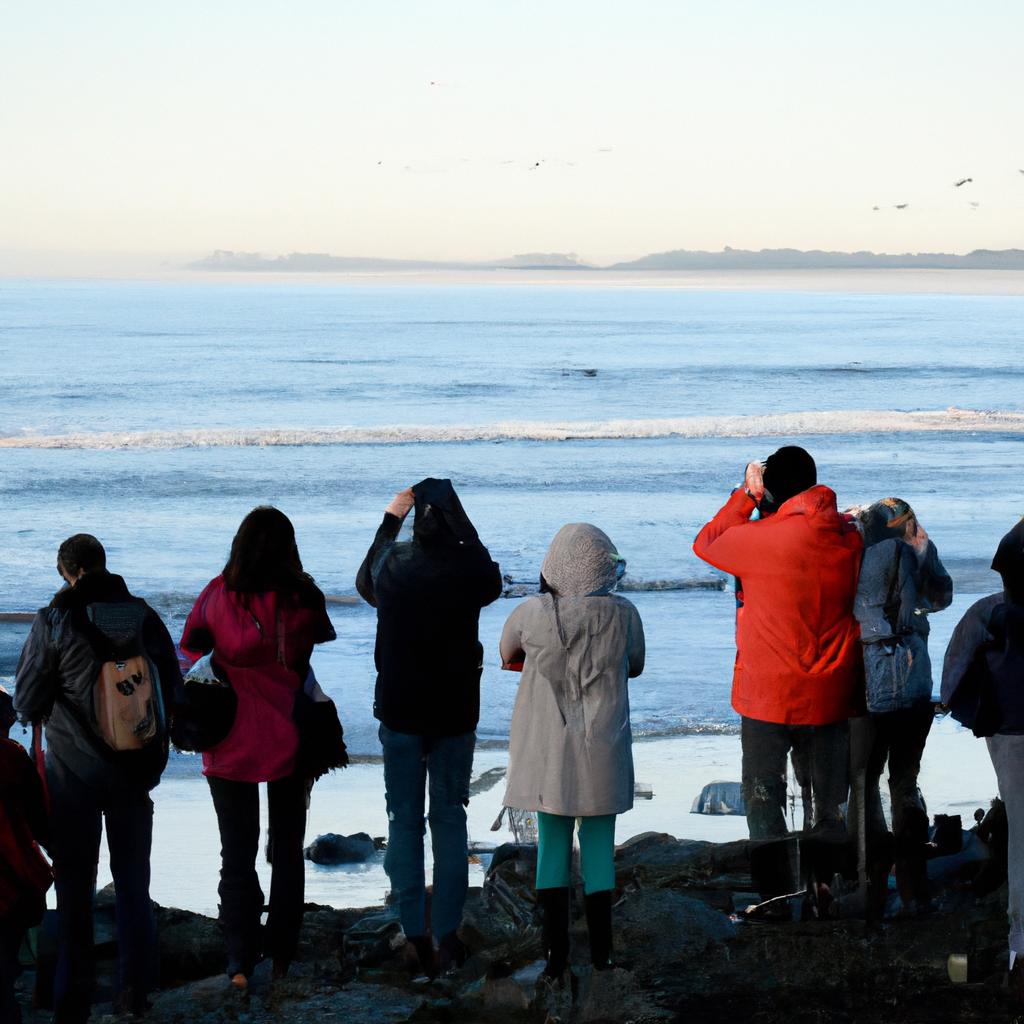
In the next section, we will explore Christmas Island’s unique ecosystem, which serves as the backdrop for this captivating migration.
Christmas Island and its Unique Ecosystem
Situated approximately 2600 kilometers northwest of Perth, Australia, Christmas Island is a small, remote island in the Indian Ocean. This island boasts a remarkable array of flora and fauna that cannot be found anywhere else in the world. Let’s dive into the details of this fascinating ecosystem.
Geographic and Geological Features
Christmas Island is a volcanic island with Murray Hill, standing at 357 meters above sea level, being its highest point. Surrounded by mesmerizing coral reefs teeming with diverse marine life, the island offers breathtaking natural beauty.
Biodiversity of Flora and Fauna
The island’s rainforest is home to over 200 plant species, including the rare Christmas Island flying fox, the only native mammal on the island. With more than 80 bird species, such as the Christmas Island frigatebird and the Christmas Island hawk-owl, the island is a haven for avian enthusiasts.
The Crucial Role of Christmas Crabs in the Ecosystem
The Christmas crab migration plays a pivotal role in maintaining the island’s unique ecosystem. By contributing to soil fertility, these crabs support the growth of vegetation. Additionally, they serve as a key food source for various animals. Predators such as birds and other crabs rely on the crabs as a vital part of their diet.
The Christmas Crab Migration: A Closer Look
In this section, we will provide an in-depth exploration of the Christmas crab migration, shedding light on its timing, triggers, and the remarkable journey undertaken by the crabs.
Timing and Duration of the Migration
The migration typically occurs between October and December, coinciding with the wet season on Christmas Island. The exact timing of the migration depends on the arrival of monsoon rains, which act as the primary trigger. The migration can last for several weeks, with the crabs moving from the forest to the ocean in waves.
Factors Influencing the Migration
Monsoon rains act as the primary catalyst for the Christmas crab migration. These rains provide the necessary moisture for the crabs’ breeding, allowing the eggs to hatch and the larvae to develop. Additionally, the phase of the moon influences the migration timing, with the crabs preferring the new moon phase for better cover against predators.
The Arduous Journey of the Christmas Crabs
The journey from the forest to the ocean is no easy feat for the Christmas crabs. They demonstrate incredible adaptability and resourcefulness, climbing over rocks and fallen trees, navigating streams, and overcoming various obstacles. Once they reach the ocean, the crabs engage in mating rituals and release their eggs, initiating the cycle anew.

Human Activities and the Christmas Crab Migration
As is the case with many natural wonders, human activities pose threats to the Christmas crab migration. Understanding and addressing these challenges are crucial to preserving this extraordinary event.
Historical Threats
In the past, activities such as mining and logging on Christmas Island caused substantial damage to the crab population. Destruction of their natural habitats and food sources resulted in a significant decline in their numbers. However, dedicated conservation efforts have successfully restored the population.
Current Challenges
Currently, road traffic poses the most significant threat to the Christmas crab migration. Roads were constructed after the crabs had established their migration routes, leading to numerous casualties as crabs are unfortunately hit by cars during the migration. Additionally, the invasion of non-native species on the island, competing for food and habitat, further endangers the crab population.
Conservation Measures
To protect the Christmas crab migration, the Australian government has taken proactive steps. Crab bridges and tunnels have been built to ensure safe passage for the crabs across roads. Furthermore, a national park has been established to safeguard the crabs’ natural habitat. The Christmas Island Tourism Association has also developed guidelines to promote sustainable tourism practices, educating visitors about the importance of respecting the crabs’ habitat during the migration.
Sustainable Tourism for Preservation
Preserving the Christmas crab migration necessitates sustainable tourism practices. By embracing responsible tourism, we can ensure minimal disturbance to the crabs during their migration and safeguard their habitat. This commitment not only preserves this natural wonder for future generations but also supports the local economy on Christmas Island.
Wrapping up the Wonder
In conclusion, the Christmas crab migration on Christmas Island is an extraordinary natural phenomenon. This awe-inspiring event serves as a vital element of the island’s ecosystem and contributes significantly to its biodiversity. Witnessing millions of red crabs embarking on their remarkable journey of breeding and survival is an experience that will leave you in awe.

However, it is essential to recognize the threats posed by human activities and take steps to protect this unique migration. Through conservation efforts and sustainable tourism practices, we can ensure the preservation of the Christmas crab migration for generations to come.
At TooLacks, we are passionate about nature, gardening, and animals. Visit our website for more exciting updates, and join us in celebrating the marvels of the natural world.
